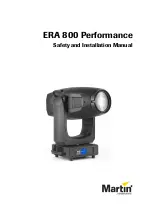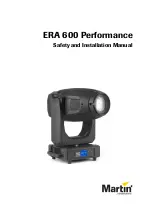
InterAACt Page Set
30
DynaVox
Using Visual Scenes in InterAACt
One of the main features in the InterAACt page sets is the use of visual scenes. These pages
use background images and active areas (invisible buttons) to set the context for
communication. Once the context is known, users can select specific messages from a grid of
buttons attached to an item in the scene, or communication partners can ask questions based
on the scene.
The screen below shows a visual scene of a child’s bedroom. When something on the scene
is selected (the TV, for example), a popup will display communication options based on the
object that was selected. Once a button in the popup has been selected, the message is
spoken and the popup will close.
Page name: my room (child 12)
Visual scenes are excellent to use when communicating about an environment (bedroom,
living room, office, etc.). They enable the user to select the item in the picture that they want to
communicate about, rather than selecting a button. You can place active areas over the
objects in the background image, and then program the active areas to speak a message,
open a popup with communication options, play a recorded sound, send a remote control
command, and more.
Note:
For step-by-step instructions on creating a new visual scene page or new
active areas, refer to the
Creating a New Visual Scene
section in this
User’s Guide
.
Содержание Series 5
Страница 1: ......
Страница 32: ...Changing or Adjusting the Speaking Voice 26 DynaVox ...
Страница 50: ...Vocabulary Selection 44 DynaVox ...
Страница 82: ...Linking to a New Page 76 DynaVox ...
Страница 161: ...Series 5 v1 07 User s Guide 155 Part 401125 A External Resources Name of user file User Name Backup Date Location ...
















































